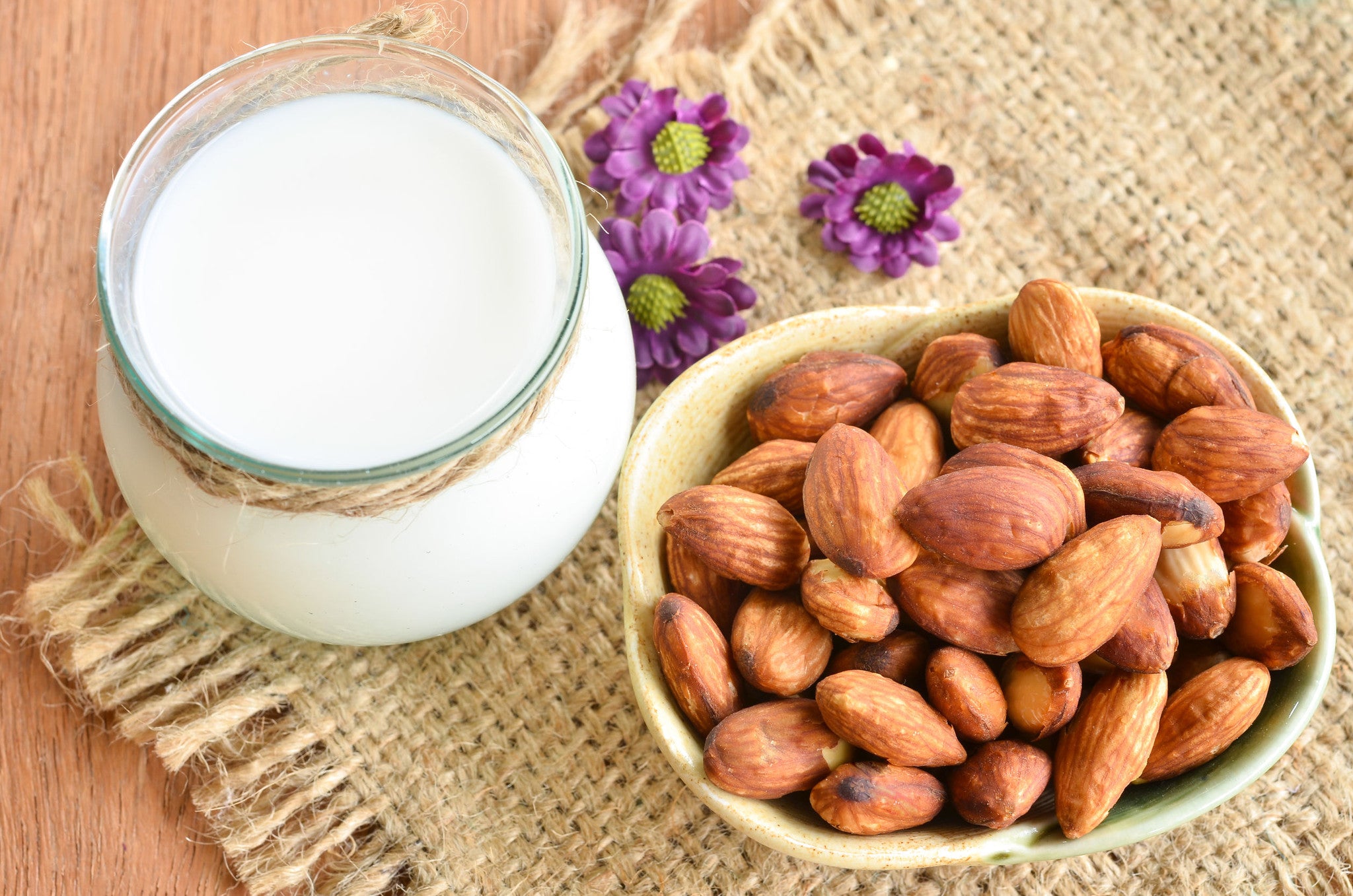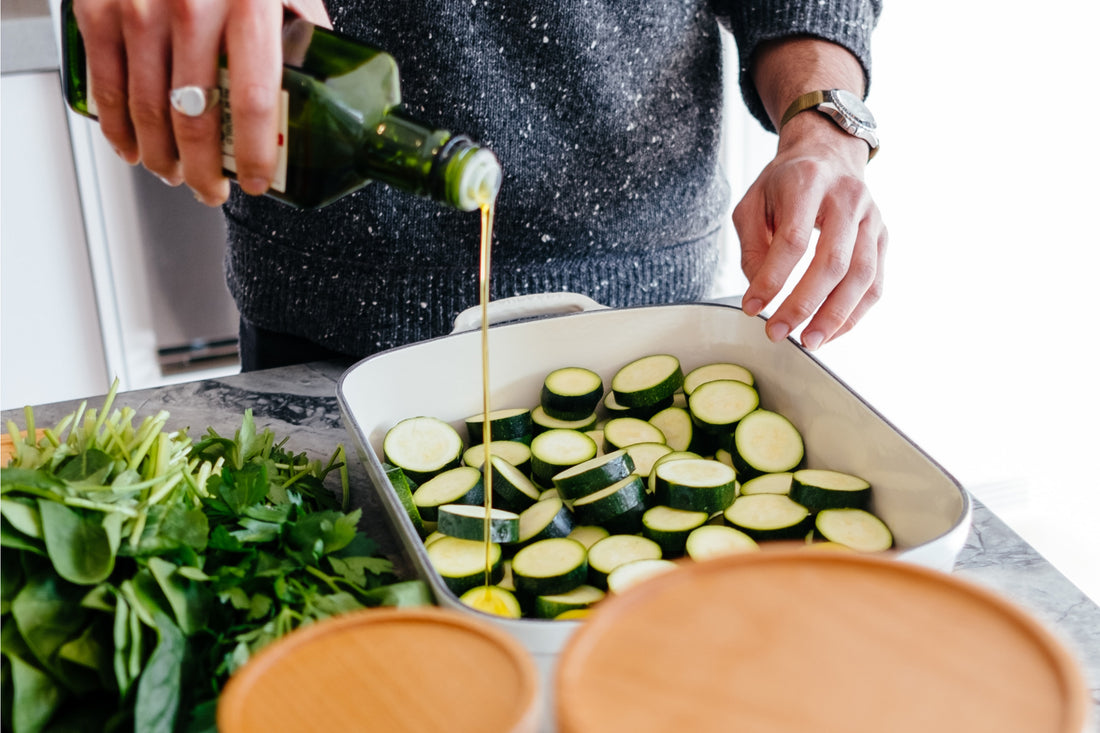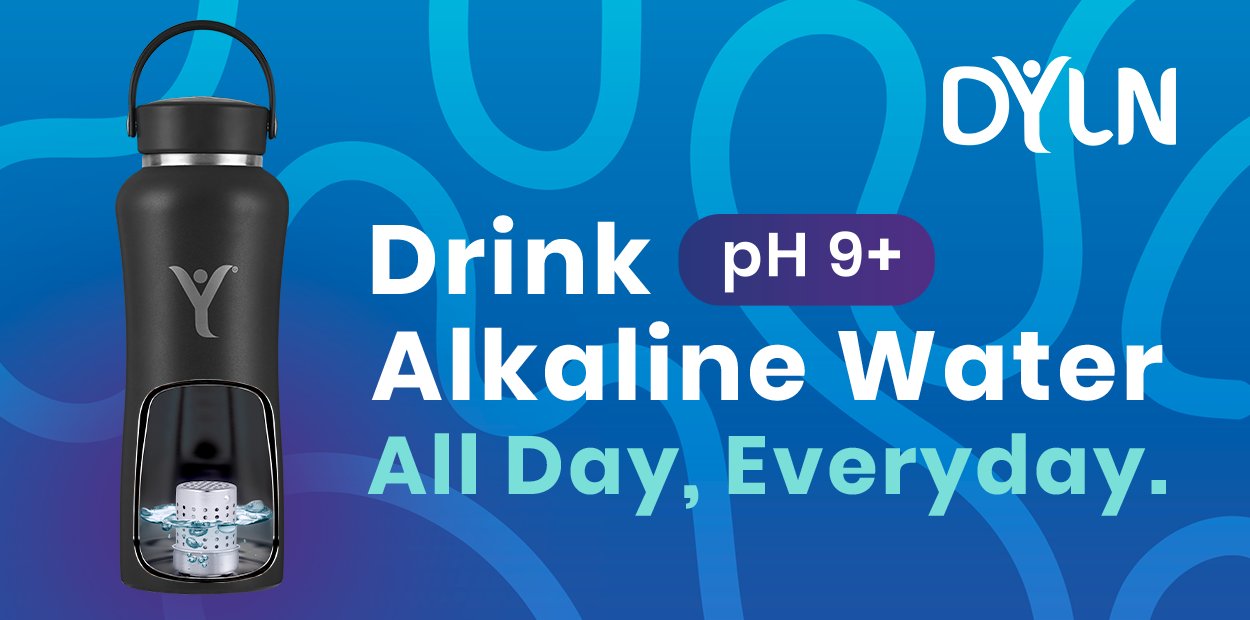Todos hemos oído que la leche de almendras es una gran alternativa a la leche de vaca. De hecho, la mayoría de los que leéis esto probablemente la bebáis. Pero a medida que tratamos de nutrir nuestros cuerpos y tomamos decisiones más saludables en nuestra dieta, tenemos que preguntarnos: ¿cuán verdaderamente "saludables" son estas opciones? A medida que aumenta la demanda de leche de almendras, las marcas deben encontrar formas de producirla en masa. Lamentablemente, hacer que un producto dure mucho tiempo puede disminuir su valor nutricional y puede contener conservantes nocivos para la salud.
Veamos algunos ingredientes de la leche de almendras comprada en la tienda y por qué es mejor no consumirlos:
Carragenina
Por qué deberías evitarlo: Aunque se derivan de las algas marinas, las carrageninas no son digeribles y no tienen ningún valor nutricional. Pueden ser especialmente destructivas para el sistema digestivo, desencadenando una respuesta de defensa inmunitaria y provocando inflamación. De hecho, incluso se las ha relacionado con el cáncer gastrointestinal en animales de laboratorio.
Ingredientes sintéticos como palmitato de vitamina A, vitamina D2, carbonato de calcio y acetato de DI-alfa tocoferol (vitamina E)
La solución sencilla
¡Hazla tú mismo! Es sorprendentemente fácil hacer tu propia leche de almendras . El sabor es muy superior al de las marcas comerciales y no contiene conservantes. Puedes disfrutar de la receta a continuación o buscar en Internet cientos de excelentes recetas caseras.
Lo que necesitarás:
- Almendras crudas
- Agua (recomendamos utilizar su agua DYLN )
- (Opcional) Edulcorantes como miel, azúcar, jarabe de agave o de arce al gusto.
- Bol
- Colador
- Bolsa de nueces o gasa
- Taza medidora
- Licuadora o procesador de alimentos
Instrucciones:
-
Remoje las almendras durante la noche o hasta dos días en un recipiente. Sumerja las almendras en aproximadamente una pulgada de agua y déjelas reposar sobre la mesada cubiertas con un paño. Las almendras se hincharán a medida que absorban agua. Cuanto más tiempo las deje en remojo, más cremosa será la leche de almendras.

- Escurre y enjuaga bien las almendras , pasándolas por agua fría. Las almendras deben quedar un poco blandas si las pellizcas.
- Licúa las almendras y el agua fresca . Por cada taza de almendras crudas, debes agregar aproximadamente 2 tazas de agua, licuando a la velocidad más alta durante 2 minutos. Recomendamos dejar que el agua se difunda en tu botella DYLN durante 15 a 20 minutos y luego verter esa agua en la mezcla. Las almendras deben ser una harina muy fina y el agua debe ser blanca y opaca.
- Cuele y presione la mezcla de almendras con la bolsa de nueces o una gasa en un tazón grande.
- Endulza al gusto. Puedes utilizar agave, jarabe de arce u otro endulzante de tu preferencia.
-
Refrigerar. La leche de almendras fresca durará hasta dos días en un recipiente hermético, ¡así que bébela!

¿No era nutritivo y delicioso? ¿Qué otros alimentos se te ocurren que se comercialicen como saludables, pero que debido a su producción en masa puedan ser en realidad nocivos?






